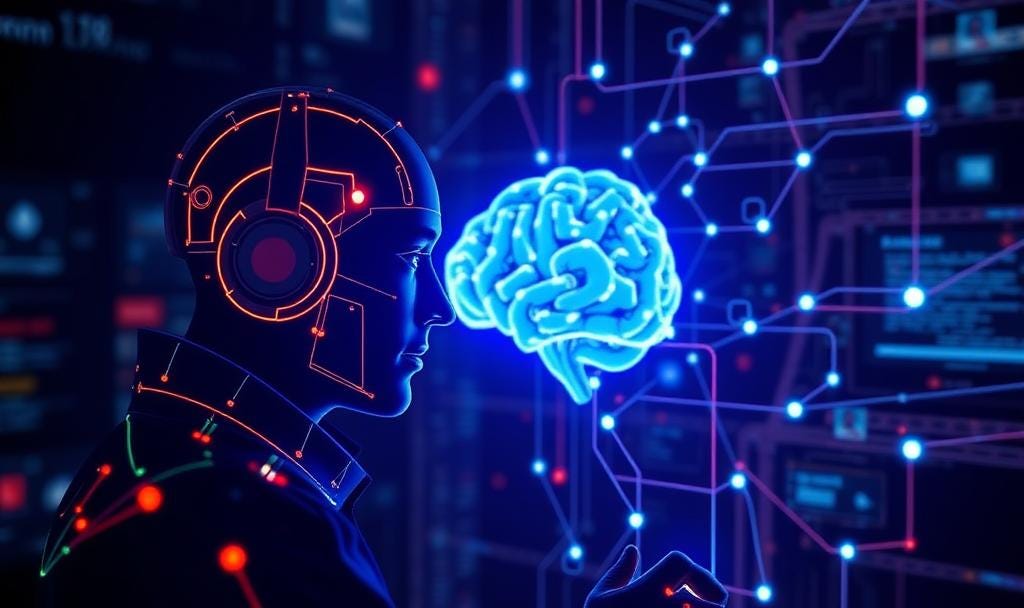Supervised Learning in Machine Learning: A Complete Guide
Introduction
Machine learning has revolutionized the way computers understand data, make decisions, and solve complex problems. Among the different types of machine learning, Supervised Learning is one of the most widely used and easiest to grasp. In this blog, we will explore what supervised learning is, how it works, its types, applications, and why it’s a cornerstone of modern AI.
What is Supervised Learning?
Supervised learning is a type of machine learning where a model learns from labeled data. Each data point consists of an input and a corresponding output. The model uses this information to learn a mapping function that can predict outputs for new, unseen inputs.
In simpler terms, it’s like having a teacher who provides the correct answers while you practice — helping you learn and generalize to new problems.
Key Components
Input (Features / X): The data we provide to the model (e.g., height, weight, age).
Output (Labels / Y): The desired result the model should predict (e.g., whether someone has a disease).
Model: The mathematical function that maps input to output.
Training: The process of adjusting the model based on training data.
Loss Function: Measures how far the model’s predictions are from the actual outputs.
Optimization Algorithm: Adjusts the model to minimize error (e.g., Gradient Descent).
Types of Supervised Learning
1. Regression
Predicts a continuous output.
Examples: House prices, temperature forecasting.
Algorithms: Linear Regression, Decision Trees, Random Forest, Neural Networks.
2. Classification
Predicts a categorical output.
Examples: Email spam detection, disease diagnosis, handwriting recognition.
Algorithms: Logistic Regression, K-Nearest Neighbors (KNN), Support Vector Machines (SVM), Naïve Bayes, Neural Networks.
How Supervised Learning Works
Collect Data: Gather labeled dataset.
Preprocess Data: Clean, normalize, and handle missing values.
Split Data: Training set (usually 70-80%) + Test set (20-30%).
Train Model: Feed training data and adjust parameters.
Evaluate Model: Test on unseen data to check accuracy.
Deploy & Predict: Use the trained model in real-world scenarios.
Advantages
High accuracy if sufficient labeled data is available.
Easier to implement and understand compared to other methods.
Wide range of mature algorithms available.
Disadvantages
Requires a large amount of labeled data (costly and time-consuming).
Can overfit training data and perform poorly on unseen data.
Not suitable when unlabeled data dominates.
Real-Life Applications
Email spam detection 📧
Medical diagnosis 🧬
Stock price prediction 📈
Voice recognition 🎤
Customer sentiment analysis 💬
Conclusion
Supervised learning is essentially learning with a teacher — the model learns from labeled examples to predict outputs accurately for new data. It is widely used across industries and forms the backbone of many AI applications we rely on today.
💡 Enjoyed this guide? Subscribe for more in-depth explanations, real-world examples, and tips on mastering machine learning.


